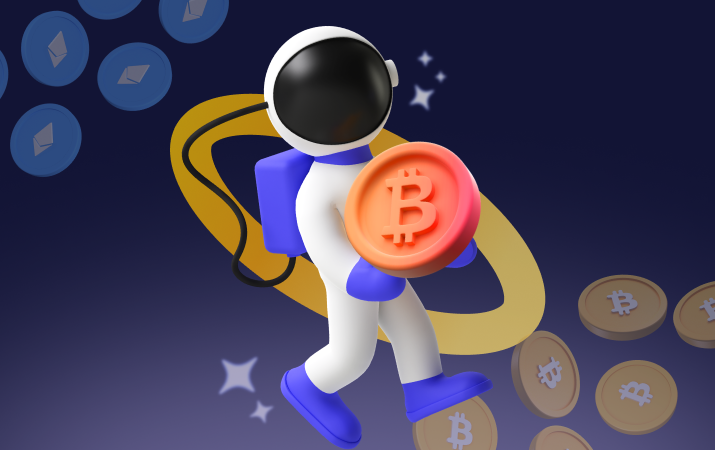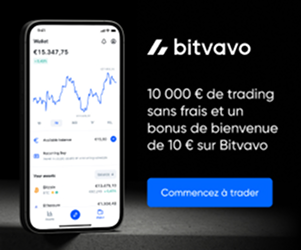An unusual event has occurred in the CME (Chicago Mercantile Exchange) Bitcoin futures market: the formation of the largest gap in history. A gap is a price difference between the close of one trading session and the opening of the next trading session. This phenomenon, which occurs when the market moves rapidly outside of trading hours, is often interpreted as a sign of high volatility and can have implications for the price of Bitcoin.
Understanding the CME Gap: Extreme Volatility and Implications
CME gaps occur because the Bitcoin futures market is closed for part of the weekend, while the spot market remains open 24/7. If significant events occur while the CME is closed, this can cause a significant lag between the Friday closing price and the Sunday opening price, creating a gap. Gaps are often filled in the following days or weeks, meaning that the Bitcoin price tends to return to the level where the gap formed.
This record gap indicates high Bitcoin volatility and an imbalance between supply and demand during the CME closure. It could be related to major news announcements, macroeconomic events, or significant capital movements. Traders closely monitor CME gaps because they can provide indications of the future direction of Bitcoin’s price. However, it is important to note that not all gaps are filled, and other factors can influence the price.
Trading Strategies: How to Profit from the CME Gap?
There are several trading strategies that can be used to profit from CME gaps. The most common is to anticipate the gap filling and take a position in the opposite direction of the gap. For example, if a gap forms to the upside, a trader can go short (sell short) in anticipation of a price return to the gap level. Conversely, if a gap forms to the downside, a trader can go long (buy) in anticipation of a price rebound.
However, it is important to exercise caution and not rely solely on gaps to make trading decisions. It is essential to also analyze other technical indicators, market fundamentals, and overall investor sentiment. Risk management is also crucial, as gaps can be unpredictable and the price may not return to the gap level. Using stop-losses is therefore recommended.







